Phonological Awareness is the ability to hear, recognize, and play with the sounds in our oral language. It is an ear skill. Phonological Awareness is an umbrella term that involves the ability to work with the sounds of language at the word, syllable, and phoneme level. It includes rhyming, alliteration, sentence segmenting, blending and segmenting syllables, and phonemic awareness. The Phonological Awareness Skill Continuum begins around the age of 3 and should be mastered by age 8 (Adapted with permission School District 22 (Vernon), 2022; Revised Crane, N., Kozak, D., & Wilson, L., (Central Okanagan Public Schools (SD23, 2017, 2021).
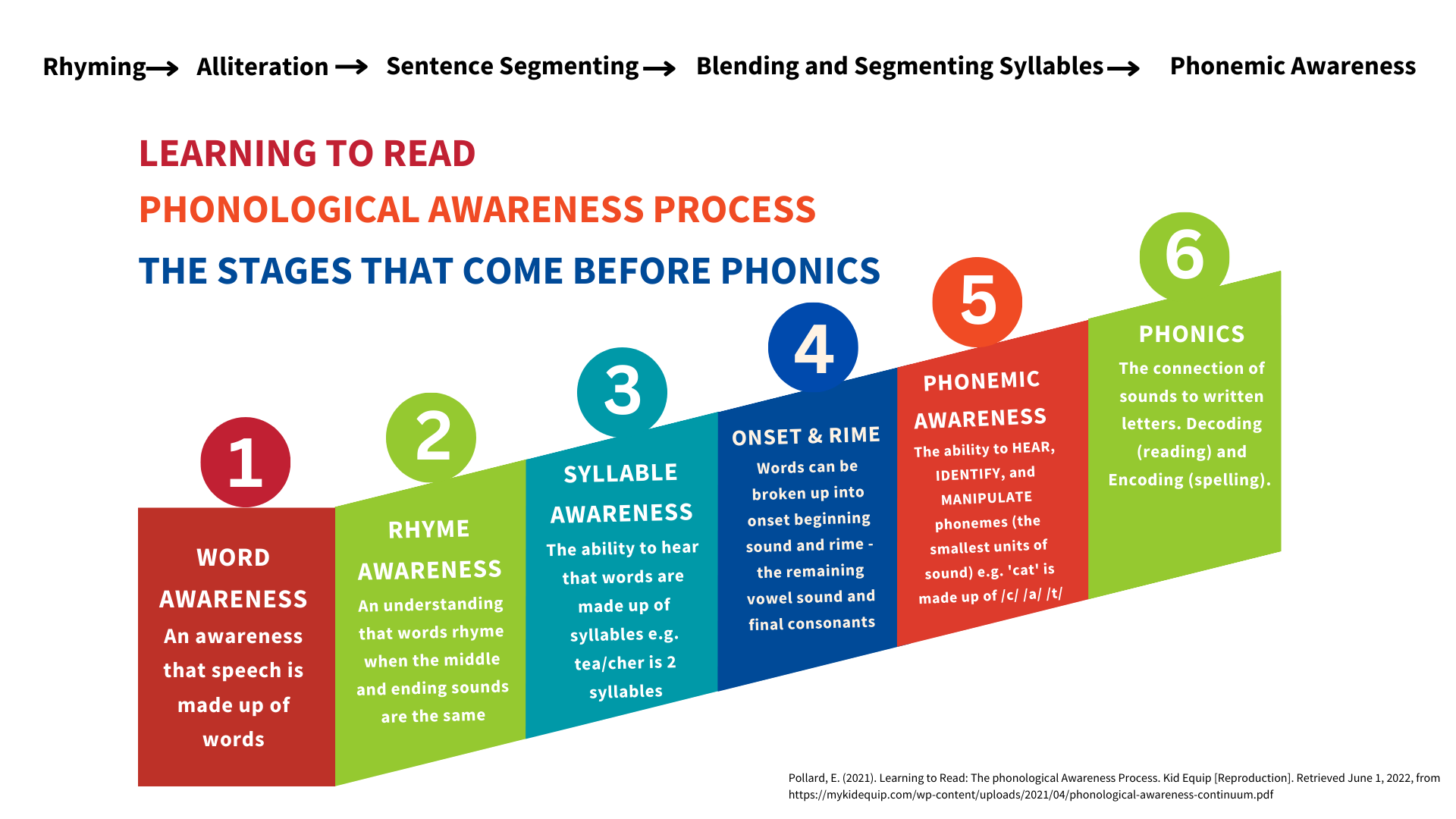
Young learners must understand that words are made up of discrete sounds before they can use their knowledge of sound-spelling relationships to decode words. Many children come to school thinking of words as whole units --- cat, dog, run. Before they can learn to read, children must realize that these words can be broken into smaller units and then sounded out. Phonemic awareness is the understanding that a word is made up of a series of discrete sounds. Without this understanding, phonics instruction will not make sense to children.
Some children with weak phonemic awareness skills can make it through the first stages of learning to read by memorizing words. However, this strategy often breaks down when the number of unique words in text increases in grades 3 and up. Therefore, if weak phonemic awareness skills are not detected and not explicitly taught and practiced, these children may enter the intermediate grades with a very serious reading deficit, and they will likely require intensive support.
Watch the 44 Phonemes video to review how to pronounce each of the 44 Phonemes found in the English language. |
Children who fail to develop phonemic awareness have difficulty learning basic reading and spelling skills. In contrast, when children are taught phonemic awareness explicitly, they demonstrate greater abilities to read and spell words (Canadian Language & Literacy Network, 2009; Catts & Kamhi, 2005; McGill-Franzen, 2006; Snow et al., 1998; Sousa, 2005; Trehearne, 2004; Wren & Watts, 2002).

Key Resources: What Informs Us?
 Click on each of the 8 Phonemic Awareness Skills links below to view an instructional video for each of the hand guestures for that skill.
| 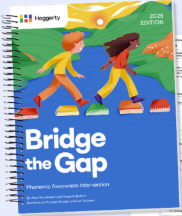 Designed for students in Second Grade or above that still require enhanced word reading instruction. Heggerty's Bridge The Gap 2025 Ed., (Tier 2 resource) YouTube Training video: click here | |
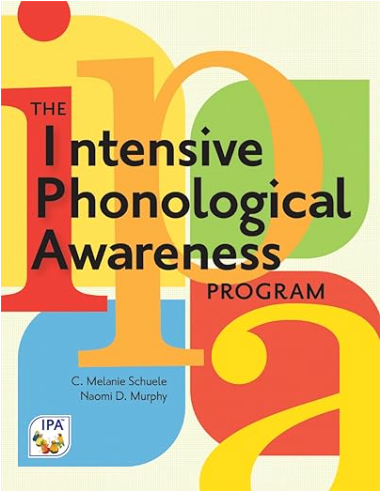 Intensive Phonological Awareness Program, Schuele, C.M., & Murphy, N.D., 2014) |
| 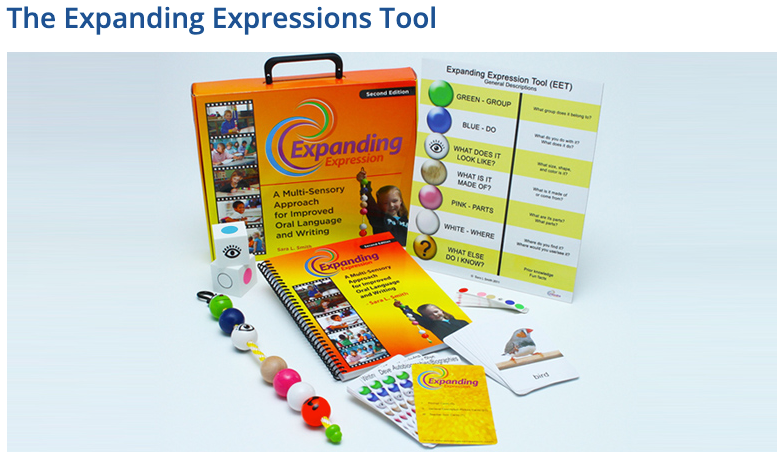 Expanding Expressions (EET) developed by Sara Smith, MS, CCC-SLP. The EET is used to cue students to add more detail when they are describing or writing about an object. The seven colour-coded beads (symbols) represent: group, function, apprearance, composition, parts, location, and students' prior knowledge. |
 Words That Sing: 100 Poetry Charts for Shared Reading (Fountas & Pinnell) (Located in school's Learning Commons and at the DRC) | 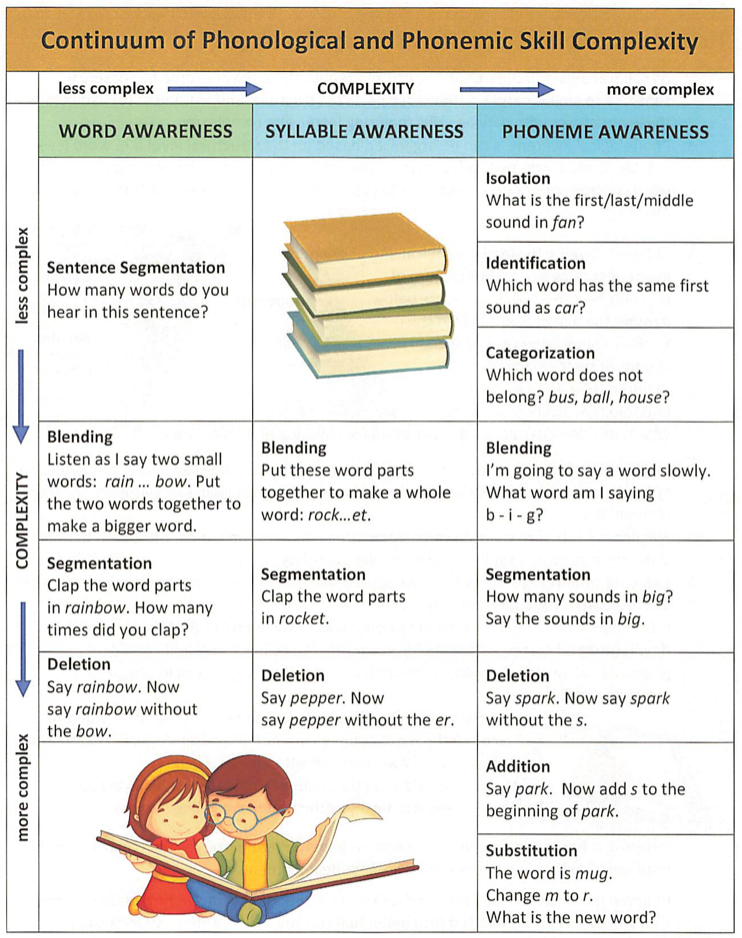 An Instructional and Practical Guide for Use in the Kindergarten (Gr. 1) Classroom (Rachel Woldmo, n.d.,)
| |
Key Resources: What Informs Us in French Immersion?
| La conscience phonologique/phonémique (M-3) | |
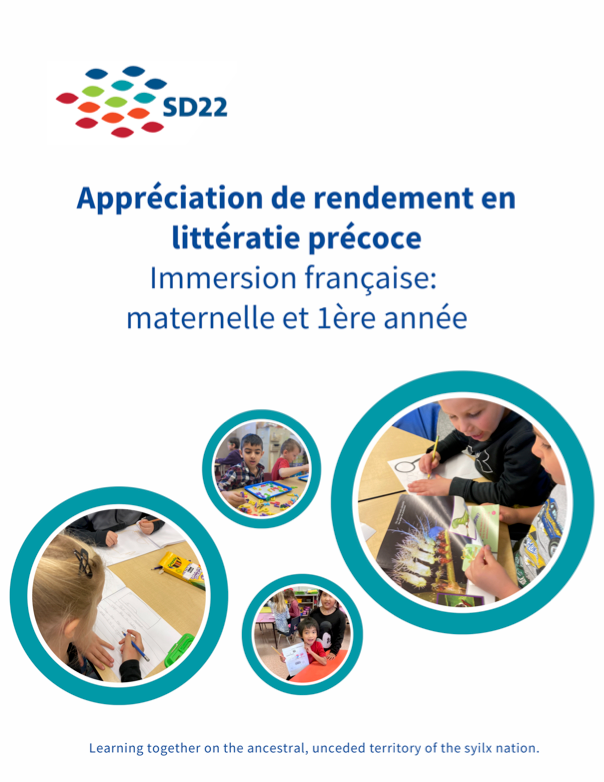 Voir l’Appréciation de rendement en littératie précoce (ALP) SD22 |  Phonemic Awareness (English) https://heggerty.org/curriculum |
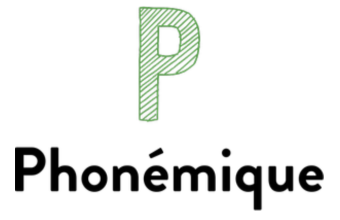 La pratique phonémique (M-1) https://www.phonemique.ca/ | 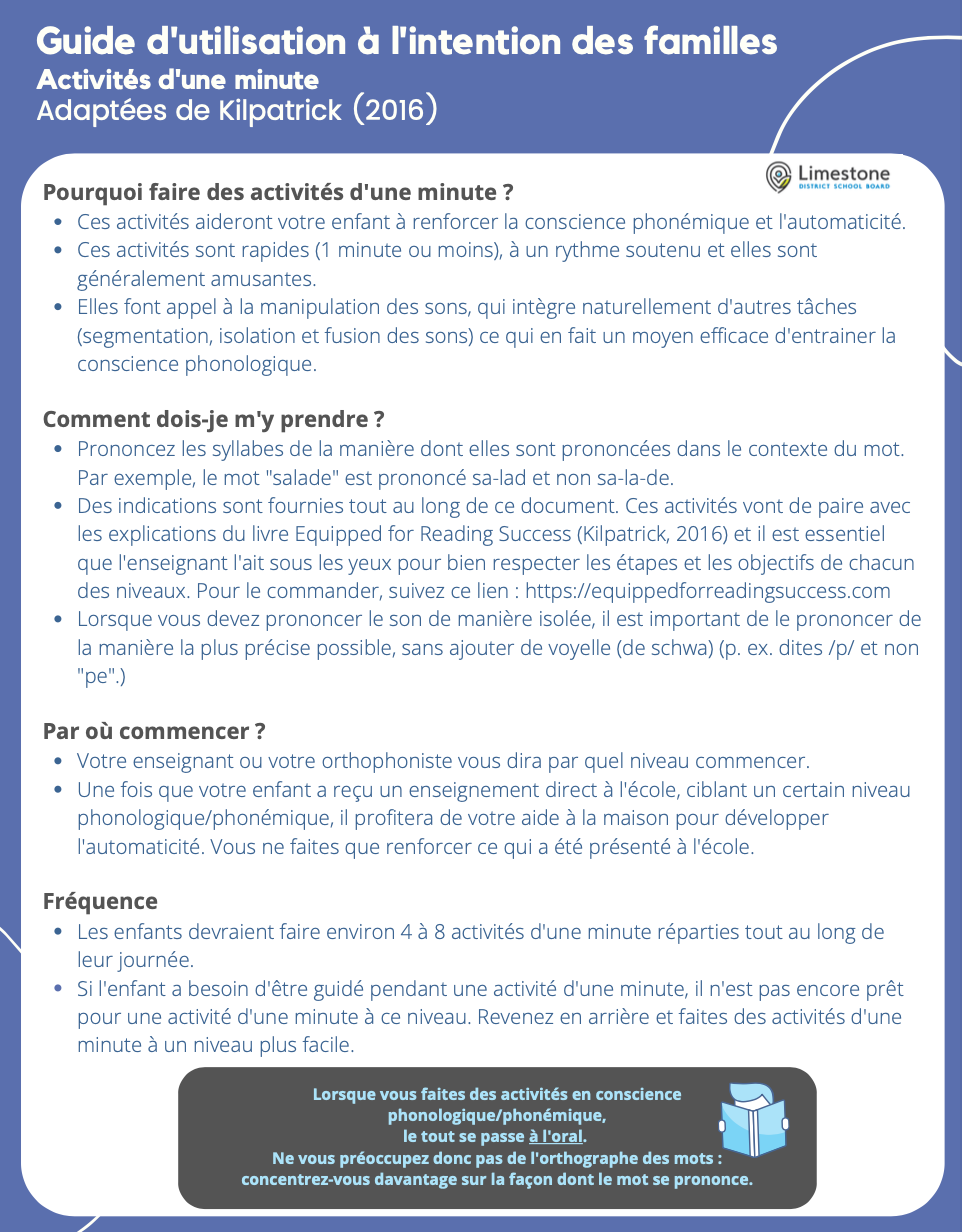 Activités d’une minute (M-3) https://drive.google.com/file/d/1XrVdbQDtOG5z0XuV-6kRWuE3z7gL9Ku2/view |
 OralImages : Développer la conscience phonémique à partir d’images (M-2) https://www.lexiegraphie.com/boutique | 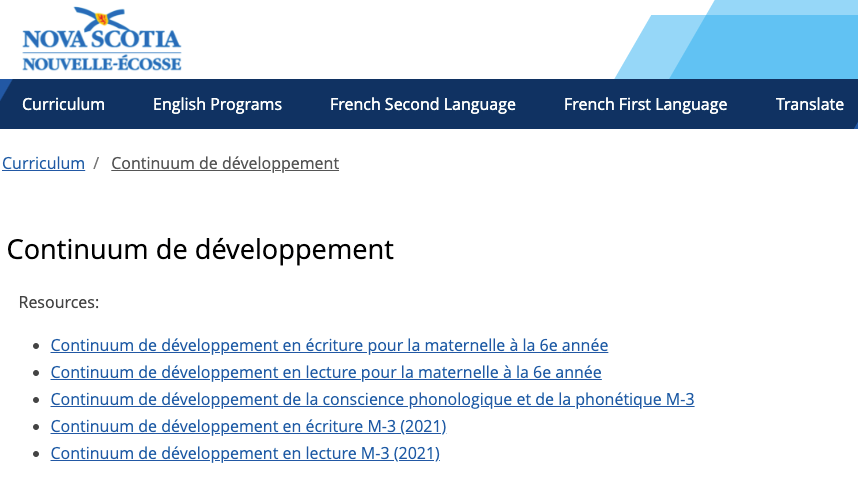 Continuum de développement de la conscience phonologique et phonétique M-3 https://curriculum.novascotia.ca/node/651 |
